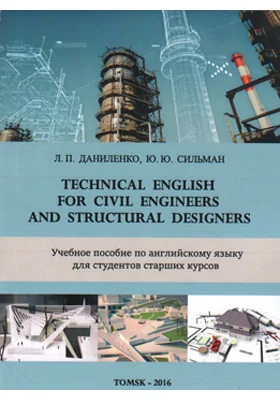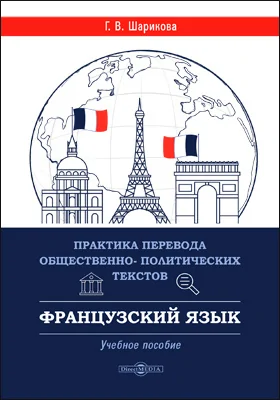Technical English for Engineers and Struсtural Designers
Здесь можно купить книгу "Technical English for Engineers and Struсtural Designers " в печатном или электронном виде. Также, Вы можете прочесть аннотацию, цитаты и содержание, ознакомиться и оставить отзывы (комментарии) об этой книге.
Автор: Людмила Даниленко, Юлия Сильман
Форматы: PDF
Издательство: Томский государственный архитектурно-строительный университет (ТГАСУ)
Год: 2016
Место издания: Томск
ISBN: 978-5-93057-696-2
Страниц: 184
Артикул: 98262
Возрастная маркировка: 16+
Краткая аннотация книги "Technical English for Engineers and Struсtural Designers"
Настоящее учебное пособие предназначено для студентов старших курсов строительного и архитектурного факультетов. Цель учебного пособия – совершенствование у студентов практических умений и навыков чтения и перевода оригинальных технических текстов по специальности, а также развитие навыков устной речи в профессиональной сфере общения.
Содержание книги "Technical English for Engineers and Struсtural Designers "
Введение
PART I. STRUCTURAL ENGINEERING
Text 1. Civil engineering
Text 2. Structural engineering
Text 2a. Need for and use of structures
Text 3. Structural designer’s work
Text 4. Conceptual design, innovation and planning
Text 5. Aims and factors considered in designing
Text 6. Integration of cost, quality and time
Text 7
Text 8. Automation and robotics in construction
Text 9. Building robots
Test for self-examination
ROLE PLAYING “Build your city”
PART II. BUILDING MATERIALS
Text 1. Building materials
Text 2. Timber
Text 3. Cement and concrete
Text 3a. Durability, workability, and waterproofness
Text 4. Metals
Text 5. Building stone
Text 6. Brick
Text 7. Glass
Text 8. Plastics
Text 9. The options of using timber, concrete and steel
Test for self-examination
PART III. PARTS AND ELEMENTS OF A BUILDING
Text 1. Types of structures
Text 2. Steel frames
Text 2a. The use of steel frame structures
Text 3. Tall buildings
Text 4. Constructing a skyscraper
Text 5. Shell and wide span structures
Text 6. Parts and elements of a building
Text 7. Foundations
Text 7a. Classification of foundations
Text 8. Floor systems
Text 8a. Basic floor types
Text 9. Exterior walls
Text 10. An external wall insulation
Text 11. Finishing of exterior walls
Text 12. Roof design
Text 13. Shape of roofs
Text 14. Roof materials
Text 15. Shell roof
Test for self-examination
ROLE PLAYING “My new home”
ADDITIONAL READING
Text 1. Eiffel Tower
Text 2. The Highest Skyscraper in the World
Text 3. New York’s Empire State Building
Text 4. Housing in Britain and the USA
Text 5. Housing in Russia
VOCABULARY
Все отзывы о книге Technical English for Engineers and Struсtural Designers
Отрывок из книги Technical English for Engineers and Struсtural Designers
66 (вытягивать), forged (ковать), and melted (плавить). They are also good conductors of electricity. Metals are divided into two groups: ferrous (черный металл) and non-ferrous (цветной металл). Iron, steel and their various alloys belong to the group of ferrous metals, while the main component of non-ferrous metals is not iron. Ferrous metals are commonly used for construction as supporting members. Steel and other ferrous metals serve as reinforcement. Steel has come into general use with the development of industry. Its manufacture requires special equipment and skilled labour. Structural steel is alloys of iron, with carefully controlled amounts of carbon (углерод) and various other metals such as manganese, chromium (хром), aluminium, vanadium, molybdenum, and copper. The alloying elements control grain size and hence steel properties giving high strength, increased ductility and fracture toughness (прочность на разрыв). High-carbon steel is used to manufacture hard drawn wires (тянутая проволока) for cables and tendons (трос, канат). Steel is the best material for reinforcing concrete. Steel reinforcement is a steel bar or mesh (сетка) of steel wires used as a tension element in reinforced concrete structures to strengthen and hold the concrete in tension. It’s impossible to imagine modern construction without steel reinforcement. It is widely used for many different types of structures and components of structures including slabs, girders, beams, columns, frames, foundations etc. Copper is a valued building material because of its advantageous properties: corrosion resistance, durability, low thermal movement, light weight, recyclability and wide range of
другие книги автора
С книгой "Technical English for Engineers and Struсtural Designers" читают


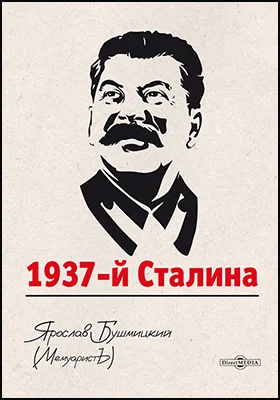
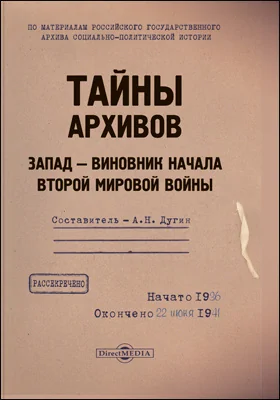

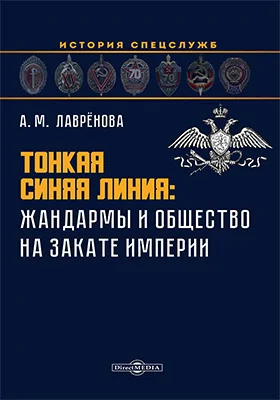
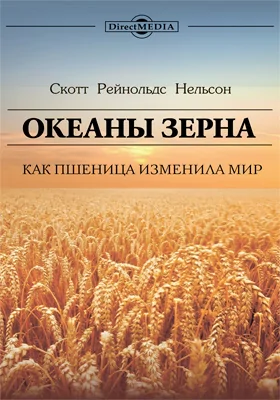
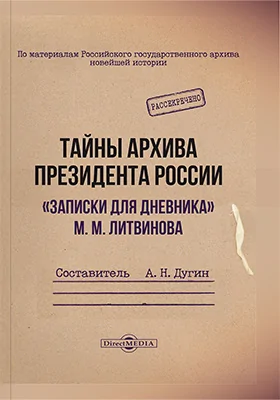
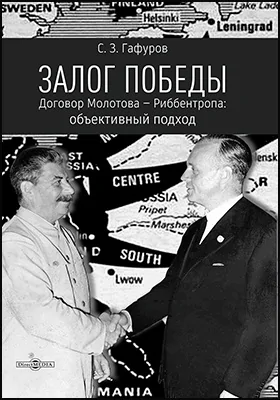
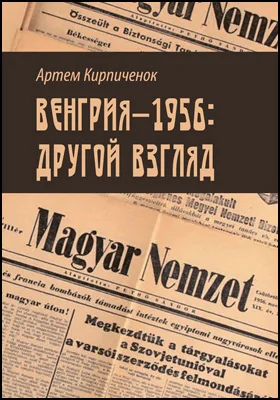

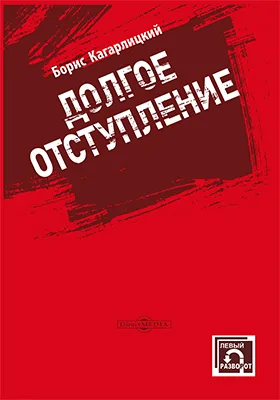

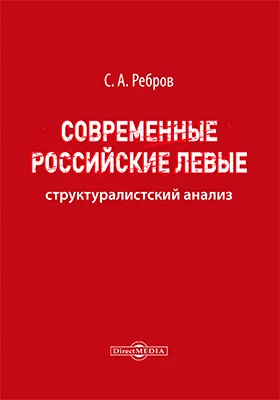


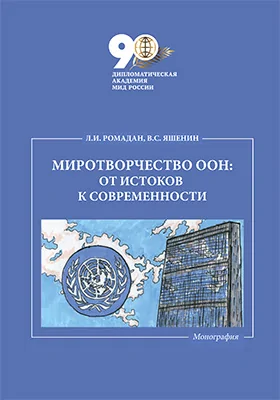

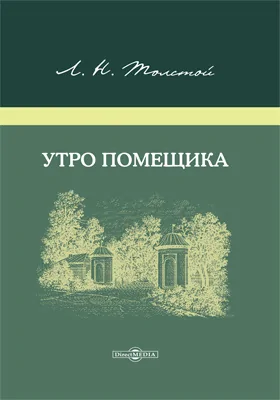
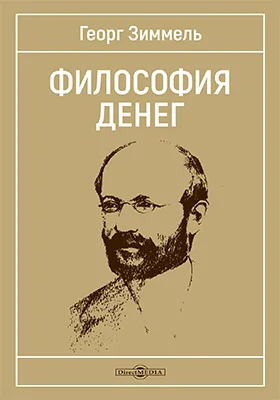
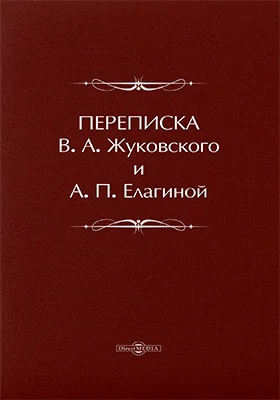

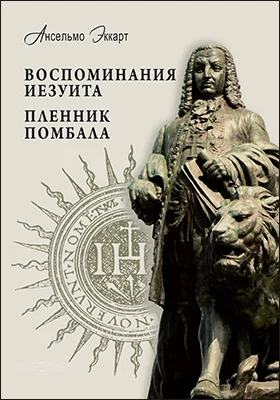
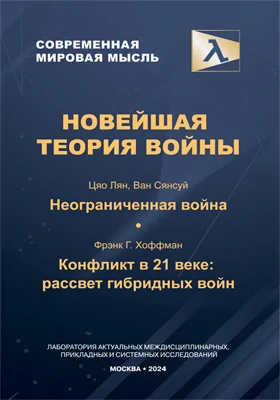







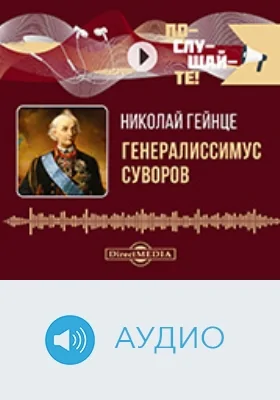




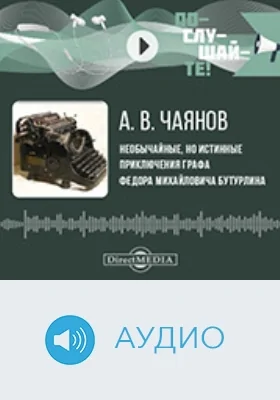


Внимание!
При обнаружении неточностей или ошибок в описании книги "Technical English for Engineers and Struсtural Designers (автор Людмила Даниленко, Юлия Сильман)", просим Вас отправить сообщение на почту help@directmedia.ru. Благодарим!
и мы свяжемся с вами в течение 15 минут
за оставленную заявку

